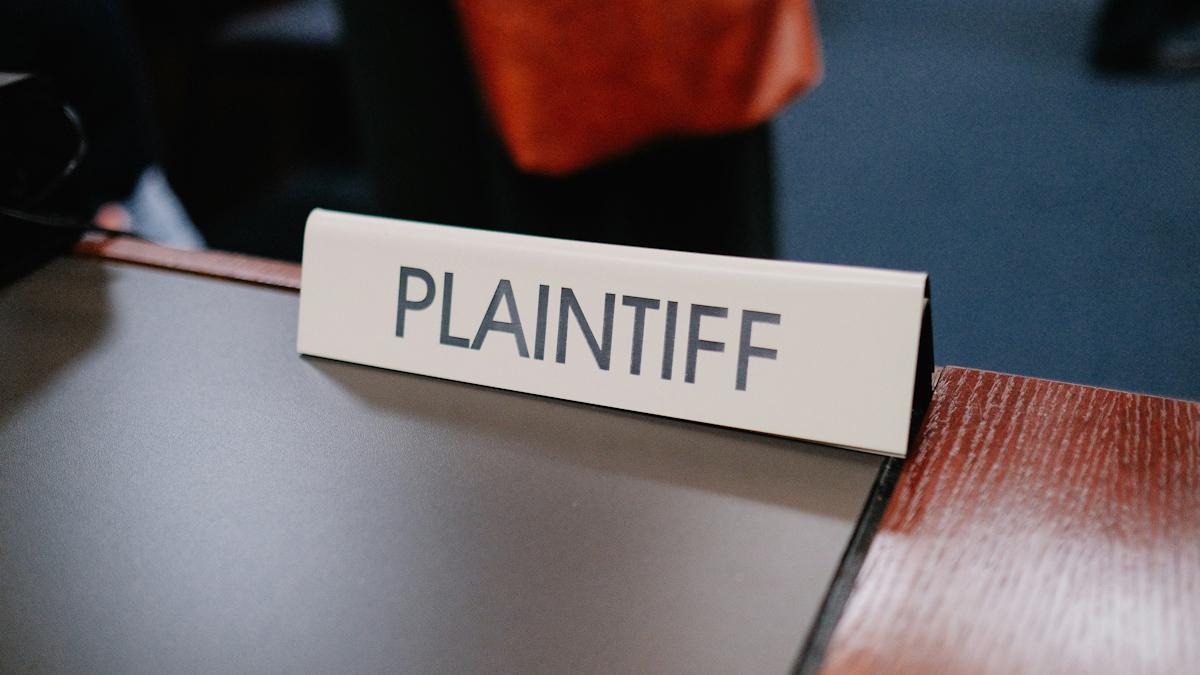Moderna says COVID/flu shot clears phase 3 hurdle

Moderna says it has become the first company in the pharma sector with phase 3 data on a combined vaccine for both COVID-19 and influenza and will soon be ready to discuss “next steps” with regulatory authorities.
The trial of mRNA-1083 met its objectives, stimulating higher immune responses against influenza and SARS-CoV-2 than the licensed flu and COVID vaccines used as comparators in the trial, which involved adults 50 years and older.
The readout puts Moderna in pole position among combination vaccine developers with the potential for approval in late 2025 or 2026, depending on the outcome of the interactions with regulators, according to the company’s chief executive, Stéphane Bancel.
“Combination vaccines have the potential to reduce the burden of respiratory viruses on health systems and pharmacies, as well as offer people more convenient vaccination options that could improve compliance and provide stronger protection from seasonal illnesses,” he said.
The trial looked at the efficacy of mRNA-1083 in one group of adults 65 years and older who received Moderna’s jab or Sanofi’s high-dose flu vaccine Fluzone HD, co-administered with Moderna’s currently licensed COVID-19 jab Spikevax.
A second group of adults aged 50 to 64 received mRNA-1083 or GSK’s influenza vaccine Fluarix, once again given alongside Spikevax.
mRNA-1083 consists of components of mRNA-1010, Moderna’s vaccine candidate for seasonal influenza, and mRNA-1283, its next-generation bivalent COVID-19 vaccine, which targets updated variants of SARS-CoV-2 and can be stored in a refrigerator, rather than a deep freeze.
Rival companies are also looking at combination COVID/flu shots, including Pfizer/BioNTech – also focusing on mRNA – and Sanofi/Novavax, which are working on a candidate based on conventional protein technology.
In the new study, the immune responses from a single dose of mRNA-1083 were found to be non-inferior to the comparator shots overall, with higher titres generated against three specific seasonal flu strains – H1N1 swine flu, H3N2, and B/Victoria – as well as SARS-CoV-2. The experimental jab matched the comparators on B/Yamagata, although, that seems to have disappeared from circulation since the study was launched.
If all goes well, Moderna has a chance of getting approval in time for the 2025 flu and COVID season in the northern hemisphere.
The company is looking to combination vaccines as one way to compensate for the fall in sales of COVID-19 vaccines that have followed the end of the pandemic, as governments have stopped paying for mass immunisation and the market has transitioned to a conventional commercial model – with a dramatic fall-off in vaccination rates.
In March, Moderna’s efforts to develop its mRNA vaccines for seasonal infections was bolstered with funding of up to $750 million from investment firm Blackstone Life Science, which is in line for milestones and royalties on any flu vaccine products that emerge from its pipeline.
Meanwhile, last month, a report suggested that COVID-19 vaccination rates have now fallen to such low levels in Europe that some people in vulnerable groups could be at risk.













